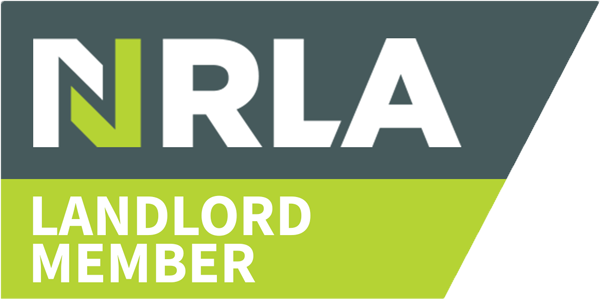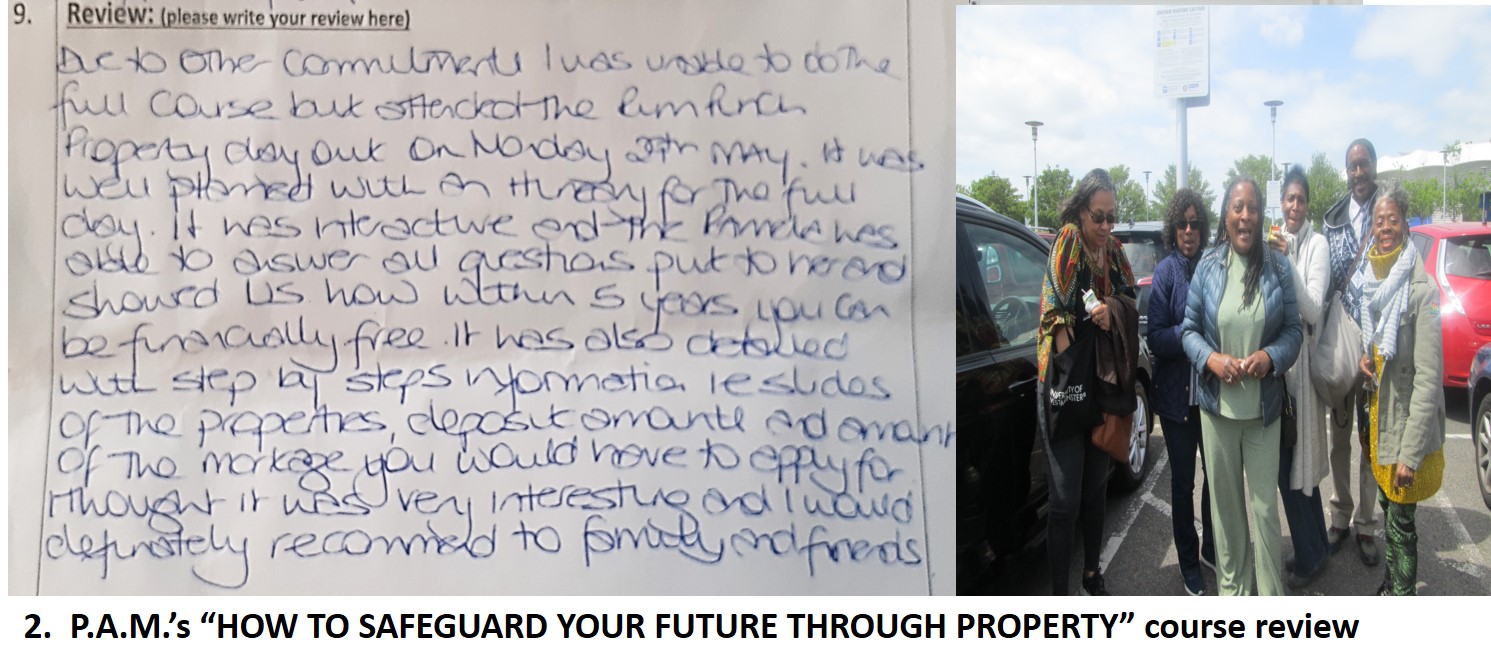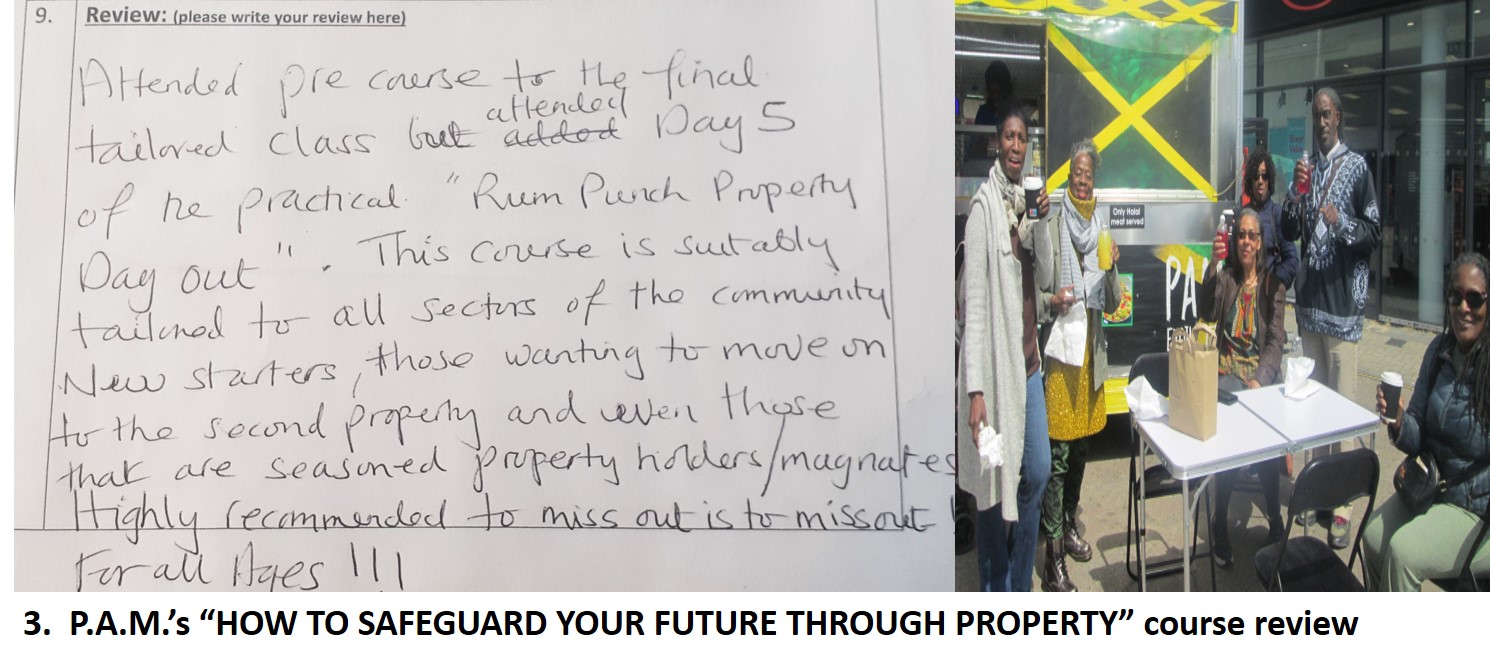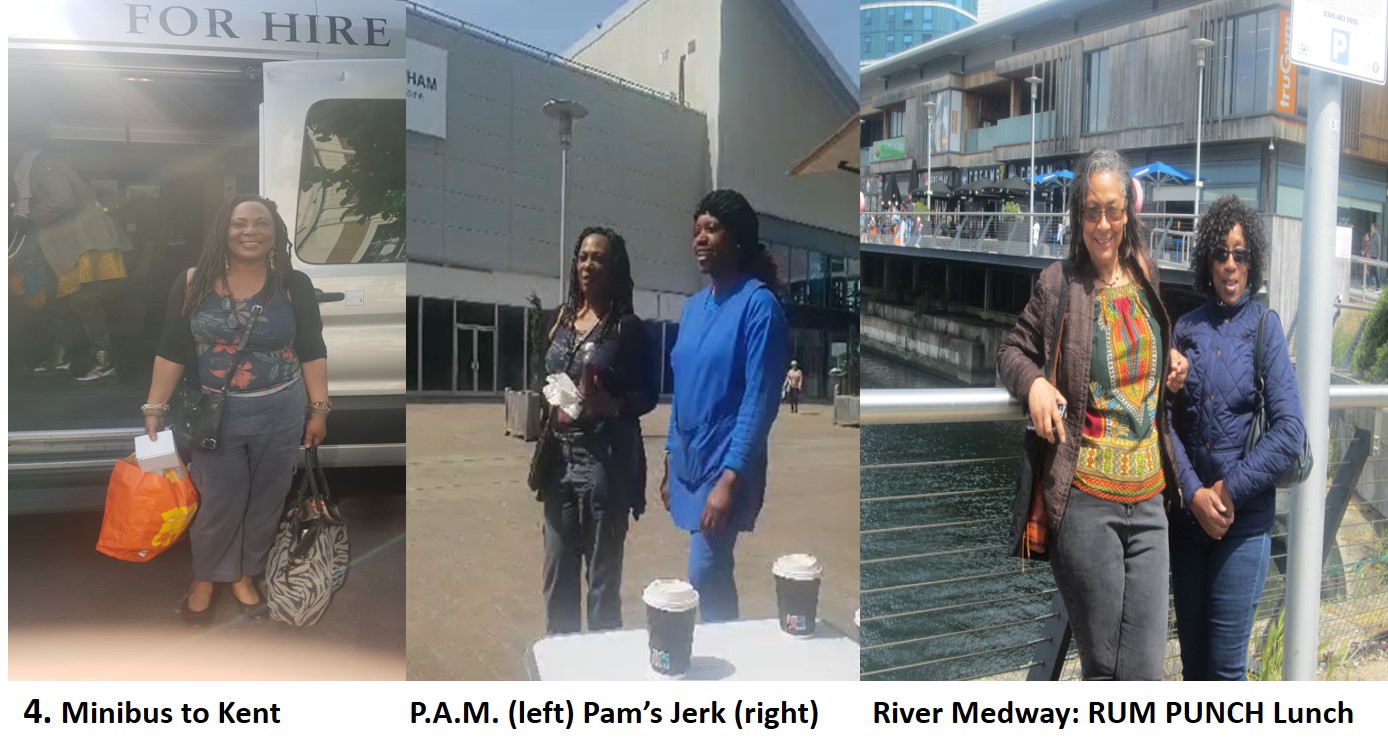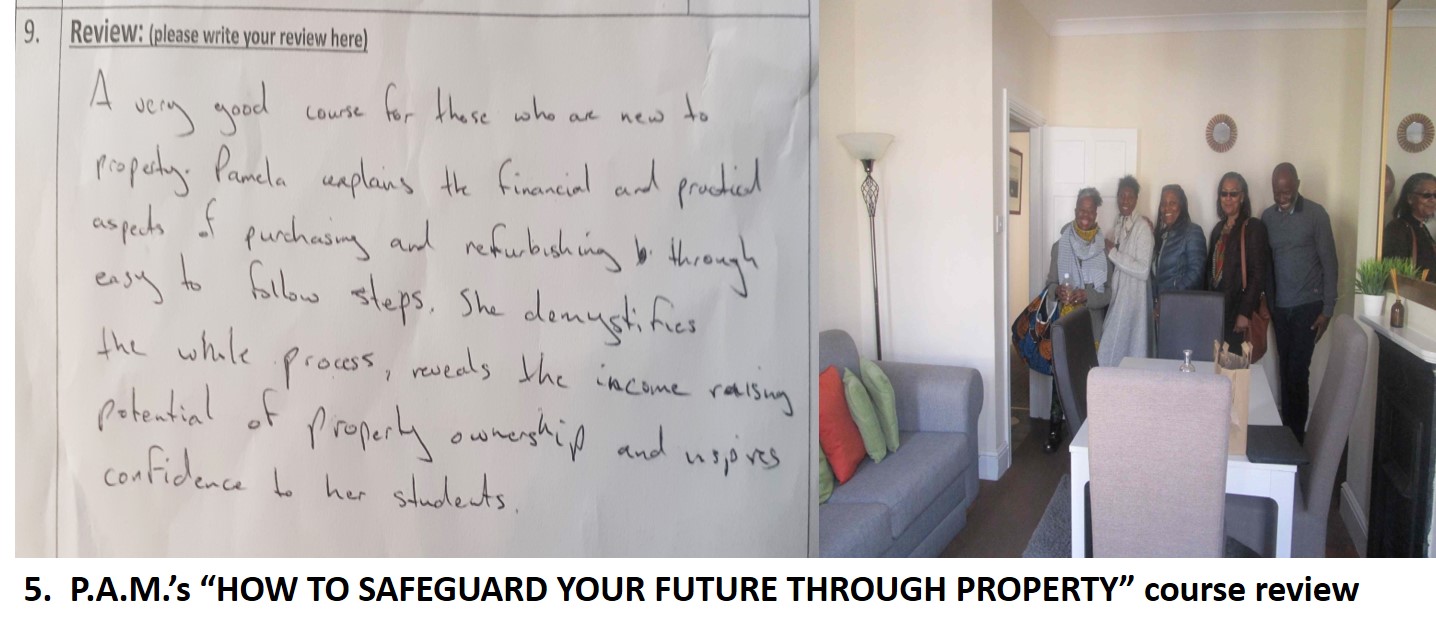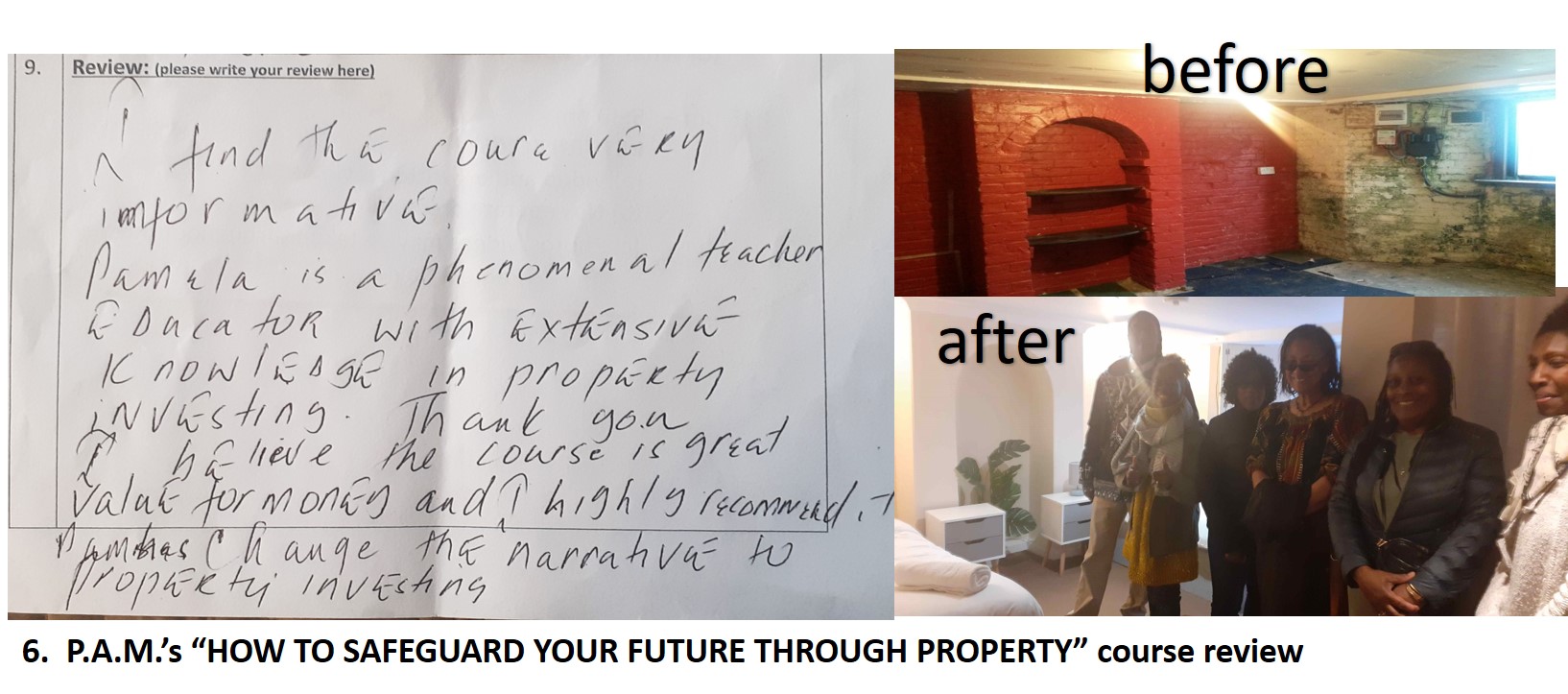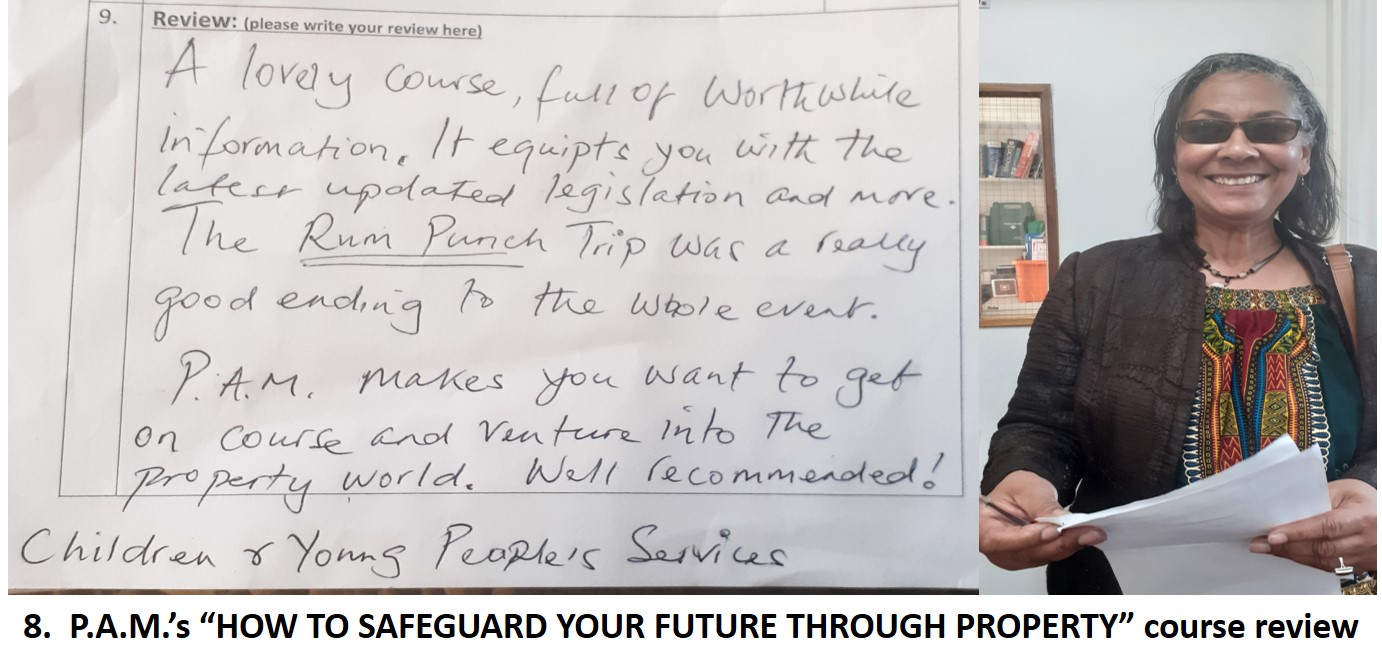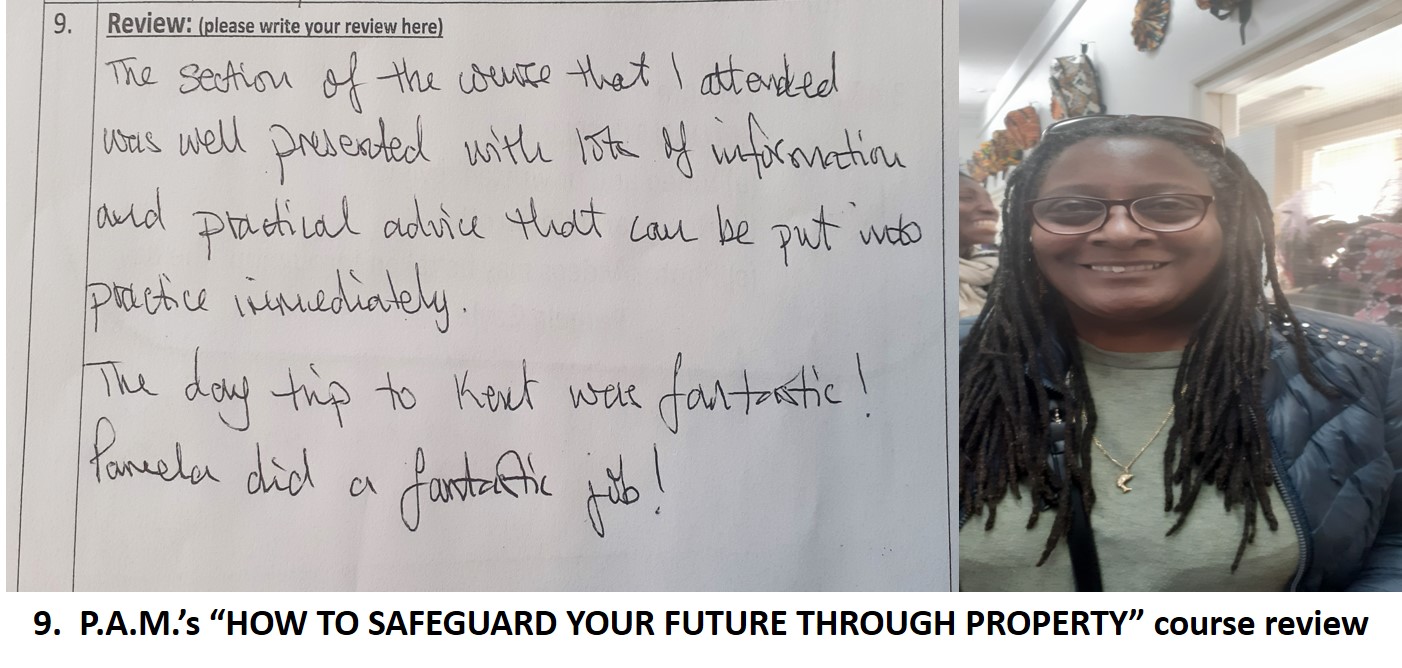The housing health and safety rating system is a risk-based evaluation tool to help local authorities identify and protect against potential risks and hazards to health and safety from any deficiencies identified in dwellings.
Housing Health Safety Rating System (HHSRS)
Keeping Dwellings Safe
regulations
Staying Safe
Safety alarms include Smoke alarms, Heat alarms and Carbon monoxide alarms.
All dwellings, including flats should have a fire detection and alarm system. A system of one or more detectors, each with a tamper-proof standby supply consisting of a battery or batteries. In addition, the Building Regulations also require a heat alarm to be installed in any kitchen areas where the kitchen is not separated from the circulation space or stairway by a door. The minimum applies to both new and existing domestic premises and flats and/or houses that have been modernised to current standards. (BS 5839 Part 6 2019)
regulations
Safety First
Since 1 October 2015, good practice and a minimum standard for existing dwellings are working smoke alarms on each floor of a property that has living accommodation (including bathroom/kitchen) and also a CO alarm in any living space that has a solid fuel burner.
However, carbon monoxide is the product of incomplete combustion and can be produced by any combustion appliance that is not performing properly. Therefore, as gas appliances can emit carbon monoxide, we would expect and encourage reputable landlords to ensure that working carbon monoxide alarms are installed in rooms with these (my emphasis. Gas boilers are not just located in kitchens but also in bedrooms, bathrooms, landings as well as attics above bedrooms.

